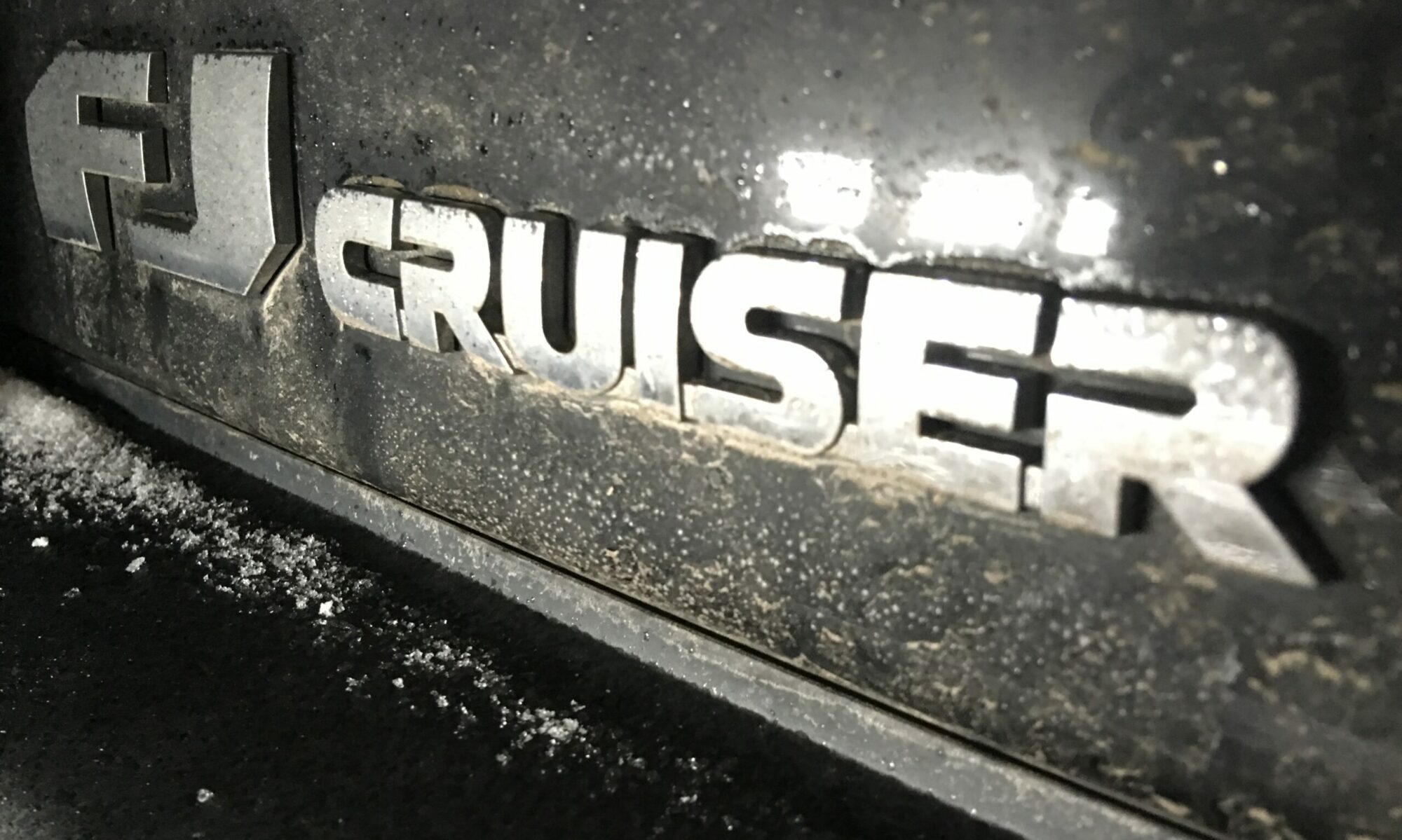Almost everyone has seen the infomercial for the Food Saver – the vacuum sealer that has so much suction, it can hold up a bowling ball.
While I can’t vouch for Food Savers specifically, I can say that I’m a huge fan of vacuum sealers and their ability to save food (especially meat) for much longer periods of time.
Most of the time I just buy meat at the grocery store. It’s packed in a styrofoam tray and then wrapped in some sort of plastic wrap. It’s got a date on the label for when it’s best ‘sold by.’ That sold by date doesn’t go away when I take it home and put it in the refrigerator. It stays the same, because the conditions of the meat storage also stays the same. In order to extend the meat’s lifetime, I need to reduce its exposure to air and lower its storage temperature.
This means: Vacuum Sealing and Freezing. Doing this can extend the life of the meat by a year or more, assuming the seal holds for that long and the temperature stays cold. If you have one of those fancy freezers that will go to -10° F, the meat will last even longer.
Let’s see what it takes to do this right.
The Sealer
First you should start with a vacuum sealer. I started with a Food Saver, many years ago. The bags it came with were crap, and the unit stopped vacuuming pretty quickly. I wouldn’t recommend another one.
Today I use a Nesco American Harvest VS-12. I’ve had this for a few years now. As of this writing, it is the #1 recommended Vacuum Sealer by The Wirecutter, and has been at least since I got mine. It uses up to 11″ wide vacuum sealer bags. It works as well now as the day I opened its box. It’s a staple in my weekly shopping routine
Bags
I’d argue that many sealers are only as good as the bags that you buy to seal them. I’ve bought cheap bags, name-brand bags, and even the same brand of bags as my vacuum sealer.
Ultimately, I settled on the Nutri-lock brand of vacuum sealer bags. I typically buy rolls of the 11″x50′ size. They’re very reliable, and I have much much fewer failed bags than other brands. They also make an 8″ wide roll, which I only buy by mistake. I use them, and they perform well, but I miss the extra width when I’m trying to put meat in the bag.
My sealer has its own cutter, so I can cut bags to custom size and manually seal one end before vacuum sealing on the other.
These bags are also sous-vide ready. So I often just drop them into the Sous Vide in the afternoon and finish them on the grill when they’re done. Add about an hour of Sous Vide cooking time for frozen meat.
Grocery Shopping
Having a vacuum sealer changes the way I grocery shop. For example, when the pandemic hit, the price of beef went up significantly. Tri-tip roasts when from about $7/lb to $13/lb overnight.
Now, these types of cuts of meat would go on sale for their “old” price. I’d buy several of them, knowing that I could just vacuum them up and drop them in the freezer until I really needed them.
Now I look for sales and buy meat in bulk. Buying meat at Costco is now viable, when before it was way too much food for my size of family. I prepare some fresh, and the rest gets sealed and frozen waiting for another day. Salmon, Chicken, Filet Mignon, Pork Shoulder – all different stuff.
I mean, have you ever bought pork shoulder from Costco? It comes in packs of two, and they’re giant. Each could feed a family of 10, with leftovers. So I cut each shoulder in half, season, seal, and freeze. I can thaw and prep anytime we want tacos, or just carnitas, any other prep.
Sealing Tips
- Seal in preparable portions – When you defrost your meat, you should not re-freeze it. So don’t put too much in one vacuum seal bag. By freezing enough for one meal prep, you’ll only have to defrost what you can eat with acceptable leftovers
- Season before you seal – This one is a little debatable, and could depend on how you envision that you’ll be cooking your meat. If you see yourself using a Sous Vide to cook or quick-thaw your meat, then seasoning in the bag will save you time later. Also if you have a desire to marinate your meat, then you can do that prior to freezing also. I typically at minimum salt whatever meat I plan to seal, just as a fail-safe in case I end up rushing to cook
- Cut bigger bags – Many times I have cut my bags to be too small, which ends up a being a tight squeeze when trying to seal it. It’s way easier if you make your bag a couple of inches more than you think you’ll need. More often than not, you’ll be glad you did
- Follow good thawing practices – Treat this meat like any other frozen meat. Thaw it in the refrigerator overnight. Depending on the thickness of what you’ve frozen, it might take two days to thaw in the fridge. Sometimes I need to quick thaw. I use the Sous Vide for that. Set the Sous Vide for something close to room temperature (~72°) and let the Sous Vide thaw the meat for about 30 minutes or so. There are lots of opinions out on whether this is a good idea – but I do it mostly for red meat or salmon, and I haven’t had much issue.
